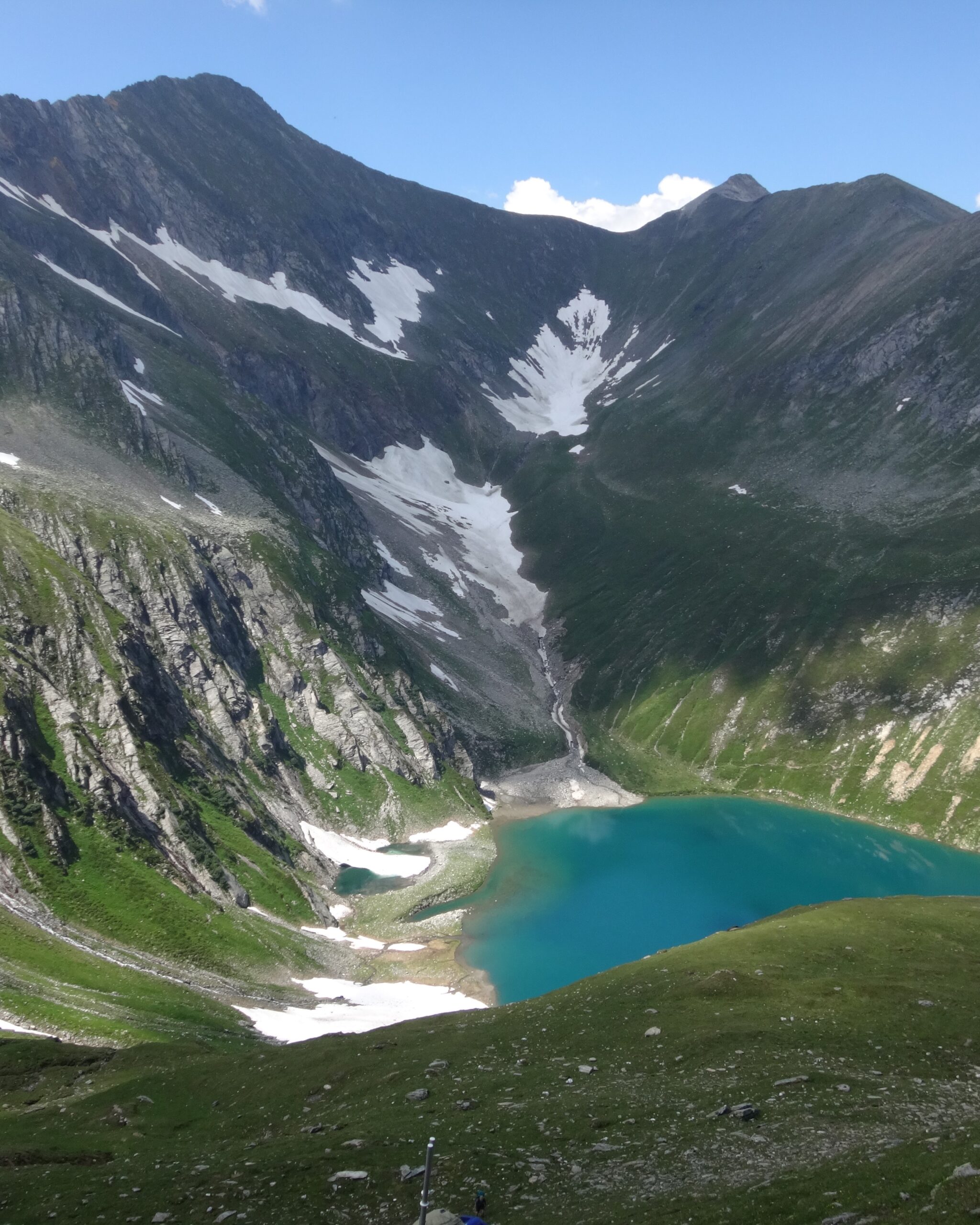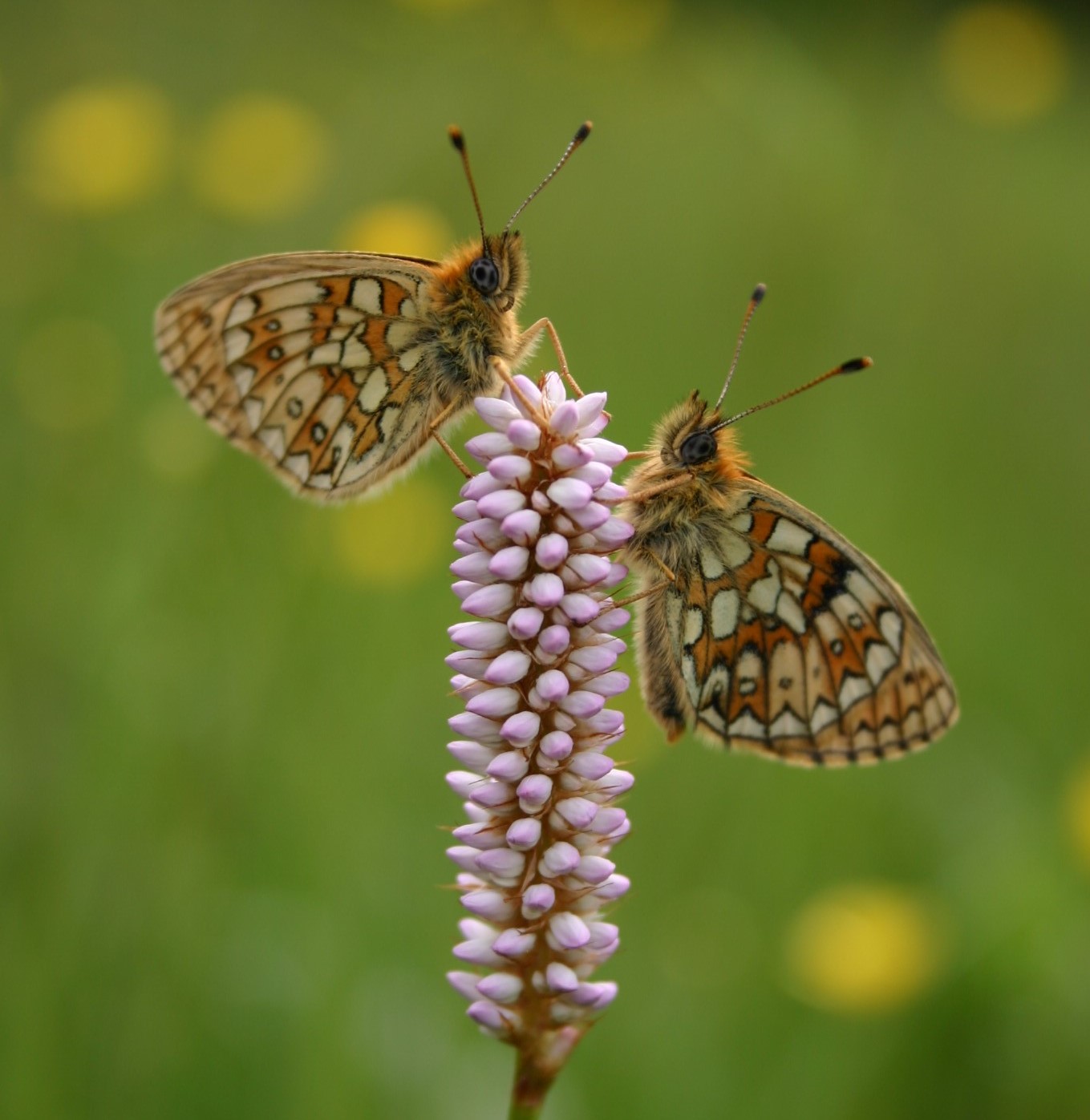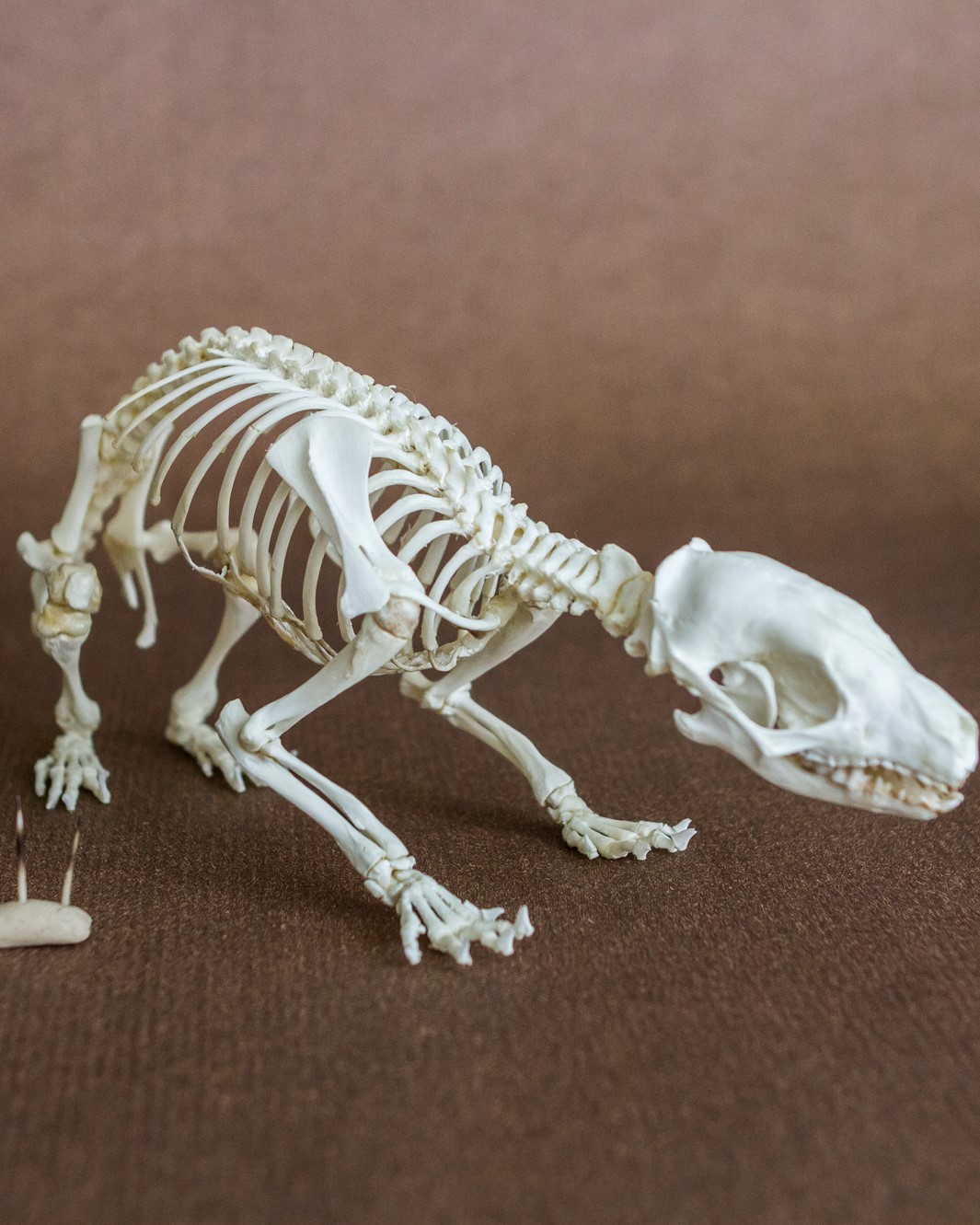Research field of Community Ecology & Biodiversity
Community Ecology & Biodiversity
The research area Community Ecology and Biodiversity focuses on the parameters that drive the diversity and composition of natural communities. We study a variety of different organisms, mostly plankton, benthic invertebrates and terrestrial and aquatic insects but also other species such as plants and birds. We investigate the trophic interactions of these organisms, for example between predators and their prey or between herbivores and plants. We aim to understand what determines the functional diversity, taxonomic composition and interactions within natural communities. Furthermore, we study how anthropogenic changes in the environment affect the communities in order to predict how ecosystems may change in the future and which ecosystem functions will be at risk under global change scenarios. We combine laboratory and field work and use an experimental approach, morphological as well as molecular species identification methods and complex statistical analyses to address these questions. Our study sites include a variety of natural ecosystems such as lakes in the Austrian Alps, temperate and tropical forests, urban habitats, streams, agricultural landscapes and marine ecosystems.

Research field of Zoological Evolutionary Biology
Zoological Evolutionary Biology
The scientists of the research field of Zoological Evolutionary Biology deal with questions of evolutionary biology, biogeography, taxonomy and conservation biology. One focus here is the question of how organisms, especially insects and birds, respond and adapt to rapid environmental changes and environmental stress. Our study areas are in and around Salzburg (urban and high mountain areas) and in the tropics (sub-Saharan Africa). Representative methods and approaches of our work are phylogenetics and phylogeography, eco-physiology, and behavioural biology. A strength of this field lays in the processing of historical data to evaluate current conditions and predict future trends. We consider a variety of levels, from intraspecific diversity to species community structure. Another focus of this research field is the study of the evolution and diversity of protists, primarily marine planktonic ciliates, based on morphological and genetic methods.

Research field of Physiology, Morphology, Developmental & Behavioral Biology
Physiology & Developmental Biology
Our research and teaching focuses on the vertebrate body plan and its ontogenetic development, evolutionary relationships, environmental responses and impacts on physiology and behaviour. Specifically, we investigate the development and growth of tissues and organ systems in different vertebrate groups and species. Topics followed over the years include for example (i) the development and growth of skeletal muscle and its plasticity in response to internal and ambient factors (work mainly in fish, but also in mammals and reptiles), and (ii) the patterns of vascular formation and angiogenesis in the contexts of intergroup variation, optimality and pathology, among others (main research in amphibians and mammals/humans). Regarding methodology, we rely on an innovative approach flexibly combining classical anatomical and histological techniques and electron microscopy (REM, TEM) with advanced molecular biology methods and digital imaging and image analysis.

Follow the Department of Environment and Biodiversity







